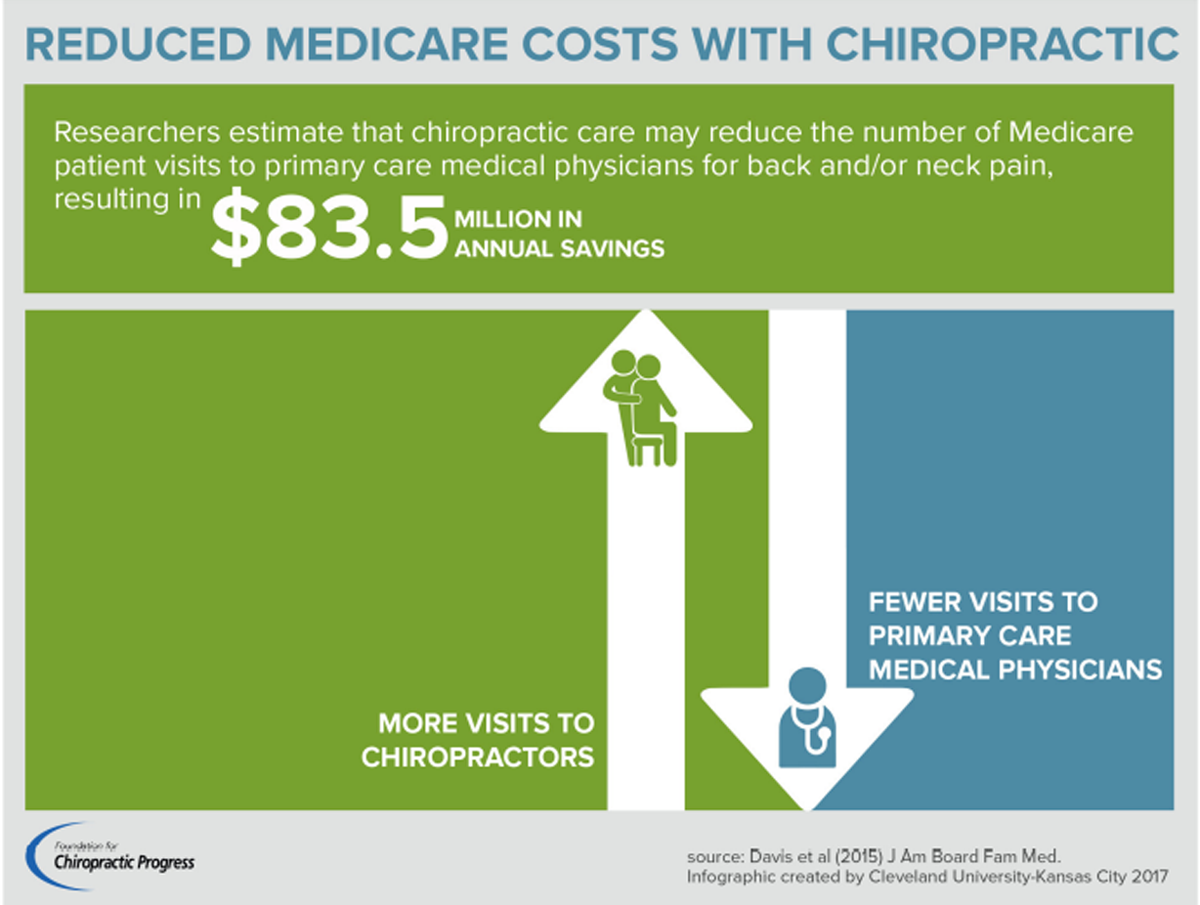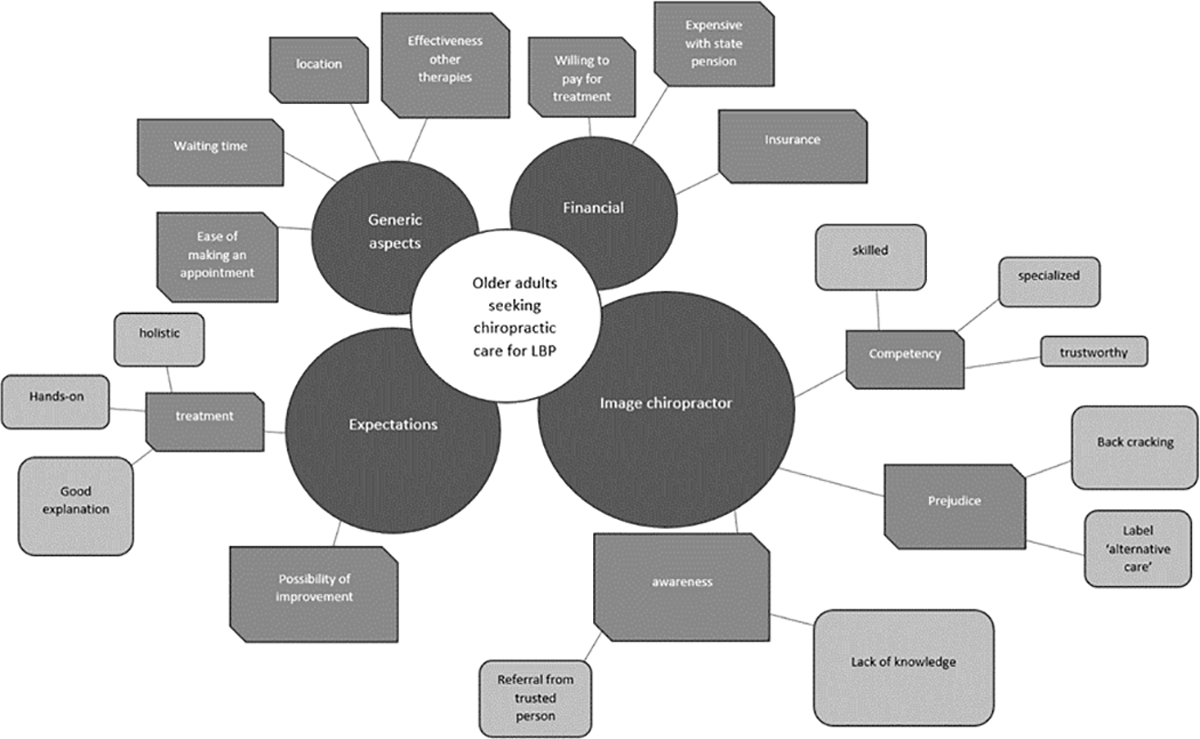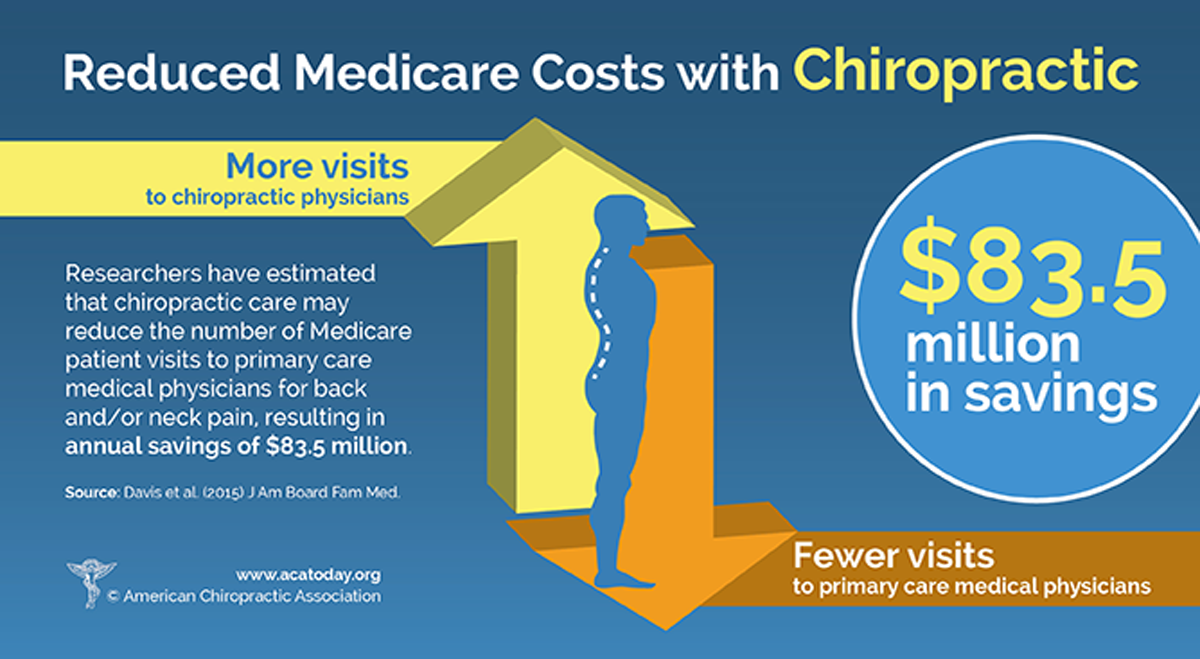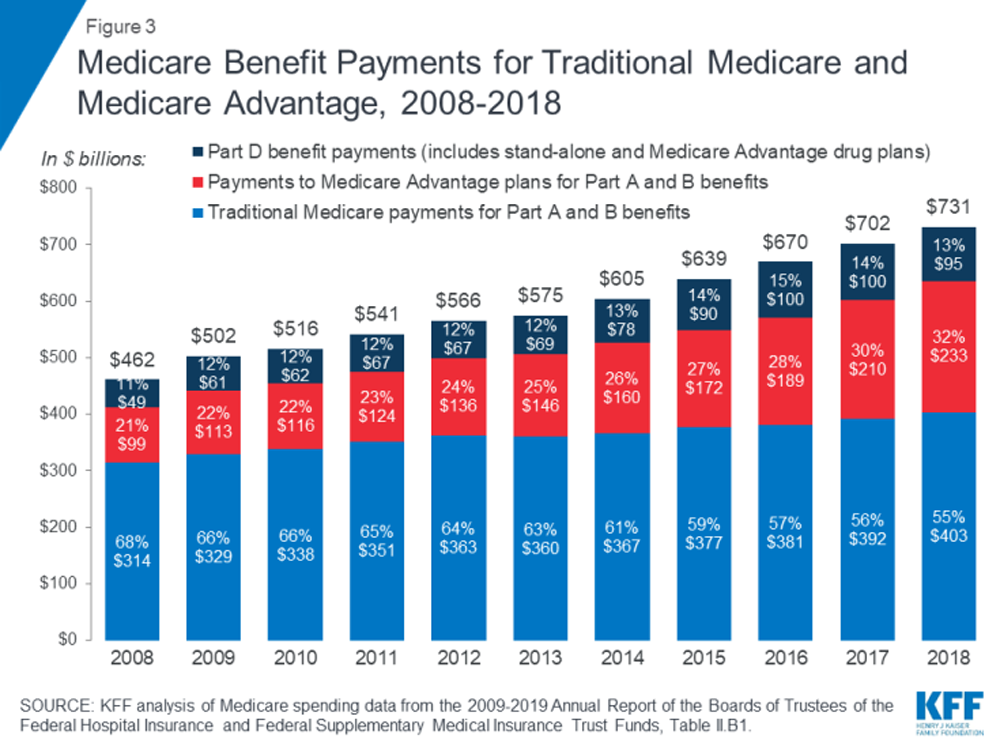Temporal Trends and Geographic Variations in the Supply of Clinicians Who Provide Spinal Manipulation to Medicare Beneficiaries: A Serial Cross-Sectional Study
Temporal Trends and Geographic Variations in the Supply of Clinicians Who Provide Spinal Manipulation to Medicare Beneficiaries: A Serial Cross-Sectional Study
SOURCE: J Manipulative Physiol Ther 2021 (Mar)
James M Whedon • Scott Haldeman • Curtis L Petersen • William Schoellkopf • Todd A MacKenzie • Jon D Lurie
Health Services Research,
Southern California University of Health Sciences,
Whittier, California.
FROM: Davis ~ J Am Board Fam Med. 2015 (Jul)
Objective: Spinal manipulation (SM) is recommended for first-line treatment of patients with low back pain. Inadequate access to SM may result in inequitable spine care for older US adults, but the supply of clinicians who provide SM under Medicare is uncertain. The purpose of this study was to measure temporal trends and geographic variations in the supply of clinicians who provide SM to Medicare beneficiaries.
Methods: Medicare is a US government-administered health insurance program that provides coverage primarily for older adults and people with disabilities. We used a serial cross-sectional design to examine Medicare administrative data from 2007 to 2015 for SM services identified by procedure code. We identified unique providers by National Provider Identifier and distinguished between chiropractors and other specialties by Physician Specialty Code. We calculated supply as the number of providers per 100,000 beneficiaries, stratified by geographic location and year.
Results: Of all clinicians who provide SM to Medicare beneficiaries, 97% to 98% are doctors of chiropractic. The geographic supply of doctors of chiropractic providing SM services in 2015 ranged from 20/100,000 in the District of Columbia to 260/100,000 in North Dakota. The supply of other specialists performing the same services ranged from fewer than 1/100,000 in 11 states to 8/100,000 in Colorado. Nationally, the number of Medicare-active chiropractors declined from 47 102 in 2007 to 45 543 in 2015. The count of other clinicians providing SM rose from 700 in 2007 to 1441 in 2015.
Conclusion: Chiropractors constitute the vast majority of clinicians who bill for SM services to Medicare beneficiaries. The supply of Medicare-active SM providers varies widely by state. The overall supply of SM providers under Medicare is declining, while the supply of nonchiropractors who provide SM is growing.
Keywords: Chiropractic; Manipulation, Spinal; Medicare; Musculoskeletal Manipulations.
From the FULL TEXT Article:
Introduction
Low back pain is highly prevalent in the United States, and management of it can be particularly challenging in the Medicare beneficiary population, which is older and has disabilities and frequently comorbidities. [1, 2]
There are more articles like this @







